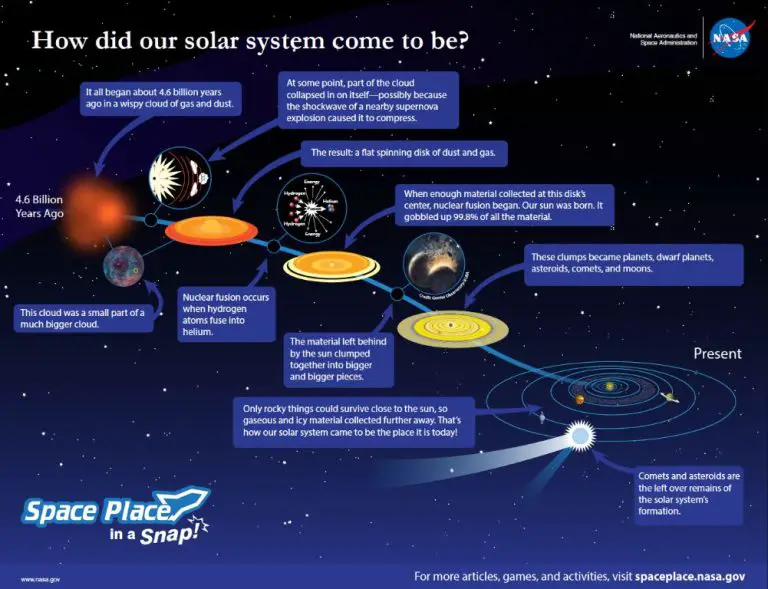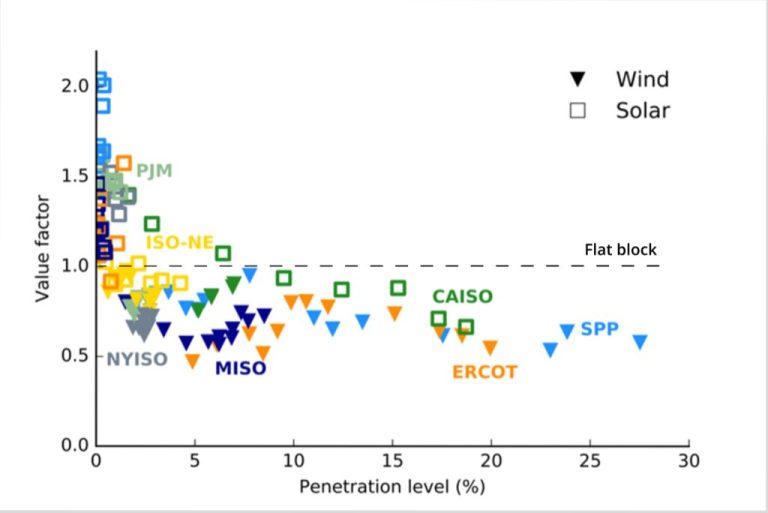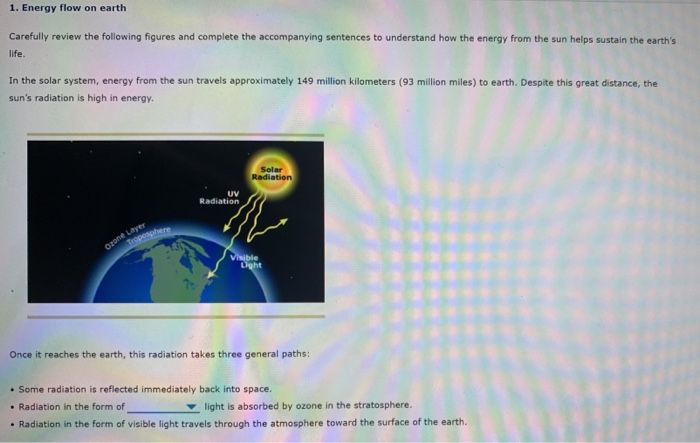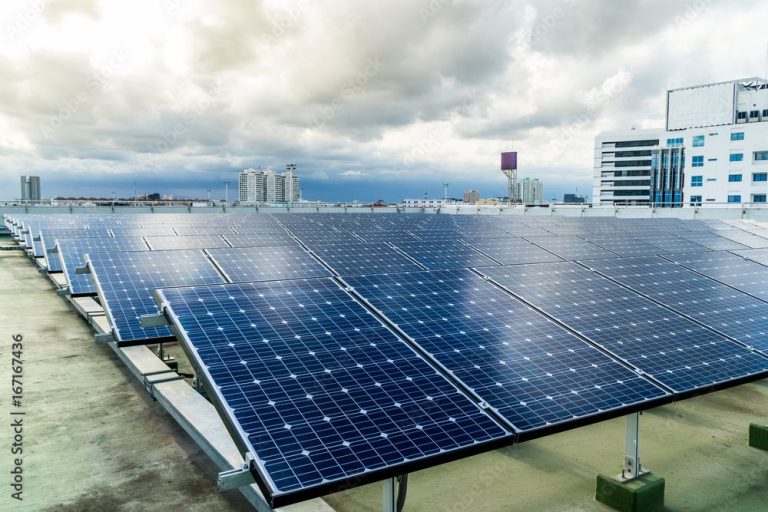When Was Solar Power Invented For Homes?
Solar power has become an increasingly important source of renewable energy over the past few decades. The technology behind solar power dates back to the 19th century, when researchers first discovered the photovoltaic effect that makes solar cells possible. However, it has only been in recent years that solar power has become a viable option for residential homes. Today, solar panels on rooftops are a common sight, providing clean energy from the sun. With concerns about climate change and energy independence growing, solar power represents a critical piece of the puzzle in transitioning to a more sustainable future powered by renewable energy.
Early Research into Solar Energy
Some of the earliest research into solar energy dates back to the 19th century. In 1839, the French physicist Edmond Becquerel discovered the photovoltaic effect while experimenting with an electrolytic cell made up of two metal electrodes placed in an electricity-conducting solution. When the electrodes were illuminated, a small amount of electric current was generated. Becquerel’s experiment demonstrated that certain materials could convert light directly into electricity without any moving parts, introducing an early version of solar power.
This early breakthrough by Becquerel laid the groundwork for further solar research over the next century. His discovery of the photovoltaic effect was the first indication that sunlight could be harnessed as a viable energy source. While practical applications were still decades away, Becquerel’s innovative experiment was an important genesis point in the eventual development of solar photovoltaic technology.
Development of Silicon Solar Cells
The modern silicon solar cell was developed at Bell Laboratories in 1954 by researchers Gerald Pearson, Calvin Fuller, and Daryl Chapin (Source: https://spie.org/news/photonics-focus/julyaugust-2021/gerald-pearson-co-inventor-of-the-silicon-solar-cell). Building upon previous solar cell designs, the researchers created the first solar cell capable of converting enough sunlight into electricity to run common electrical equipment. This pioneering 6% efficient silicon solar cell ushered in the era of photovoltaic technology being a viable energy source.
The silicon solar cell was a major breakthrough in solar technology. By using purified silicon semiconductor material, Bell Labs developed the first solar cell that could reliably and practically convert sunlight into usable amounts of electricity. This opened the door to solar photovoltaic panels one day competing with fossil fuels as a renewable energy source.
Early Commercial Solar Modules
The first commercial solar modules were produced by Hoffman Electronics in 1958 (https://izdanja.smeits.rs/index.php/mkoiee/article/download/2949/2992/). These modules converted sunlight directly into electricity using silicon solar cells and were mainly used to power satellites. At the time, the costs of manufacturing silicon solar cells was very high, making adoption for homes and businesses cost prohibitive. Hoffman Electronics’ early solar modules demonstrated the potential for solar power generation, but widespread commercialization would have to wait for improvements in solar cell technology and manufacturing processes to reduce costs.
NASA and Satellite Technology
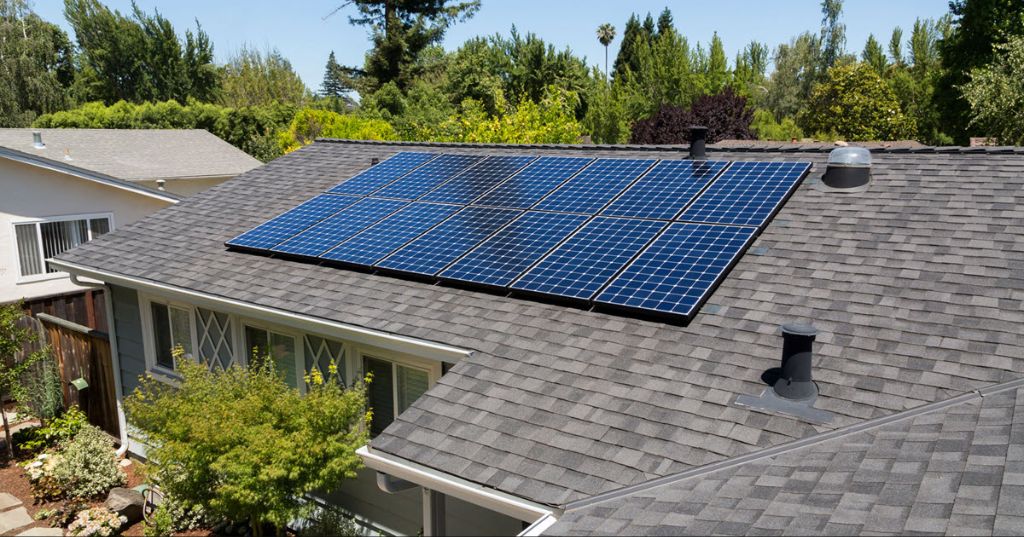
The National Aeronautics and Space Administration (NASA) played a crucial role in advancing solar technology, driven by the need for reliable, lightweight power sources for satellites and space missions. In the 1950s, solar panels were first used to provide power aboard the Vanguard I satellite, one of the earliest artificial Earth satellites. This paved the way for widespread adoption of photovoltaic solar panels to power space vehicles and satellites throughout the 1960s and beyond. According to the Universe Today article “NASA is Ready to try and fix Lucy’s Unlatched Solar Panel” (https://www.universetoday.com/155578/nasa-is-ready-to-try-and-fix-lucys-unlatched-solar-panel/), NASA continues to utilize and improve solar technology today, with solar arrays powering missions like the Lucy spacecraft exploring the Trojan asteroids. The investments into solar technology for space applications accelerated innovation and brought down costs, benefitting the development of solar power on Earth.
Tax Credits and Incentives
The growth of home solar adoption in the U.S. has been fueled in part by federal and state incentives. The most significant incentive is the federal solar Investment Tax Credit (ITC). The ITC allows homeowners to deduct 26% of the cost of installing a solar energy system from their federal taxes in 2023. The ITC applies to both residential and commercial solar installations.
Many states also offer additional incentives such as rebates, tax credits, and other benefits for homeowners who install solar panels. State incentives can make solar even more affordable by offsetting the upfront costs. The availability and amount of incentives varies widely by state. Some of the most generous solar incentives are offered in states like California, New York, New Jersey, and Massachusetts.
The federal ITC and state/local incentives have played a key role in accelerating solar adoption by reducing costs for homeowners. Policymakers continue to recognize the environmental and economic benefits of solar energy by maintaining strong incentive programs.
Improving Efficiency and Cost
A major focus in solar technology has been reducing costs and improving efficiency to make solar energy more affordable and accessible. In the early 2000s, the average cost for a residential solar system was around $9 per watt. By 2021, costs had dropped to around $3 per watt, a nearly 70% reduction (Source).
Several factors contributed to these cost decreases. Manufacturers developed new materials and production methods to improve efficiency and lower costs. For example, moving to larger polysilicon wafers increased efficiency. New screen printing technologies lowered production costs. And US-based manufacturing plants helped reduce labor expenses (Source).
Ongoing innovations aim to further drive down costs through thin-film solar cells, improved solar glass, and streamlined installation methods. With solar already at cost parity in many regions, these advances can accelerate adoption worldwide.
Notable Early Installations
Some of the first homes to adopt solar power technology included experimental installations in the 1970s. For example, the first documented residential solar array was installed in 1973 by Steven Strong on his home in Carlisle, Massachusetts (https://solar-center.stanford.edu/about/profiles/steven-strong). This 2 kW system powered his home and heated water.
In 1977, the first solar-powered residence was built by the University of Delaware. This “Solar One” house featured an 8.5 kW photovoltaic system and served as a demonstration project to research solar technology and promote its adoption (https://www.pophistorydig.com/topics/solar-energy-history-1970s/).
During this time period, solar devices were often homemade or custom-engineered for individual homes. Widespread commercial production and installation of solar panels was still limited.
Market Growth and Adoption
The growth of the home solar market in the United States has been exponential over the past two decades. According to the U.S. Solar Market Insight report from the Solar Energy Industries Association (SEIA), the amount of solar capacity installed on homes went from just 79 megawatts (MW) in 2000 to over 5,000 MW in 2020. In 2021 alone, over 3 gigawatts of new residential solar capacity was added, representing a 19% increase from the previous year.
By the end of 2021, cumulative residential solar capacity in the U.S. reached 25.7 gigawatts, generating over 34 terawatt-hours of electricity annually. This is enough to power around 4.3 million average American homes. According to Statista, over 4% of households had rooftop solar installations as of 2021, up from just 0.1% in 2000. California leads in home solar adoption, with over 1.3 million households having rooftop solar.
Industry projections anticipate strong continued growth in the residential solar sector, with SEIA forecasting 19% annual growth through 2025. This is being driven by the declining costs of solar panels, favorable policies and incentives, increased consumer awareness, and the growing number of innovative financing options available to homeowners. With solar already at cost parity in many markets, the home solar revolution has only just begun.
Conclusion
In conclusion, solar power for residential homes has come a long way since its early beginnings in the 1950s and 60s. What started as an experimental technology used mainly for space applications is now an affordable and mainstream energy solution for homeowners around the world.
Advancements in solar cell efficiency, manufacturing techniques, financial incentives, and business models have all combined to drive down costs and spur adoption of residential solar. While solar currently accounts for only 3% of U.S. electricity generation, that number is expected to rise dramatically in the coming decades. Studies show that residential solar capacity could grow 17x by 2050, at which point it would supply 25-30% of all U.S. electricity.
Looking ahead, we can expect continued improvements in solar technology, integration with storage batteries, creative financing options, and further cost declines. As solar power reaches true grid parity without subsidies, the economic drivers for homeowners to go solar will become ever more compelling. The future is undoubtedly bright for residential solar energy.


